I believe that wood is the material with which man has the longest and most beautiful relationship. Since ancient times, he has used it to make his life easier, but also to beautify it. He has made houses, tools, useful objects and sculptures. He often combined the useful and the beautiful and created objects that he used and enjoyed at the same time. And continues to do so. I've chosen to show you some light fittings, disarmingly simple, but which exude so much beauty. And which I think could inspire a very useful DIY project.
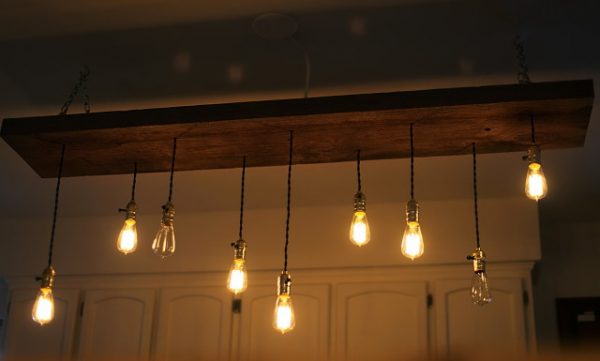
What impressed me about these luminaires was the ingenuity with which simple elements were combined. Basically, from simple wooden rods, arrangements or shapes were created to partially cover the light and create a play of light and shadow.
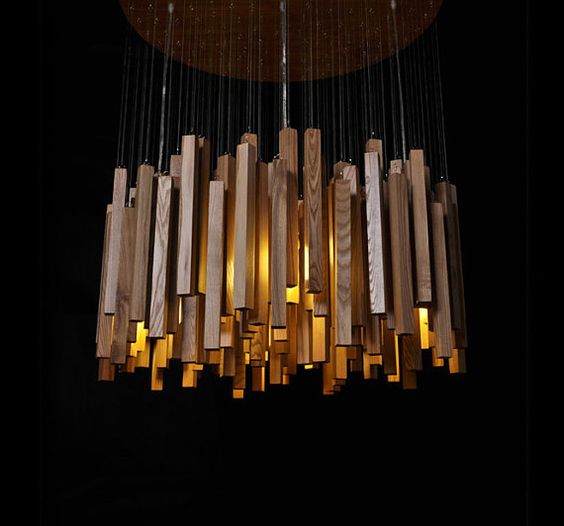
Various geometric shapes were made with the same rods. Several such shapes were arranged in the most suitable positions to release the necessary light. Simpler triangle arrangements
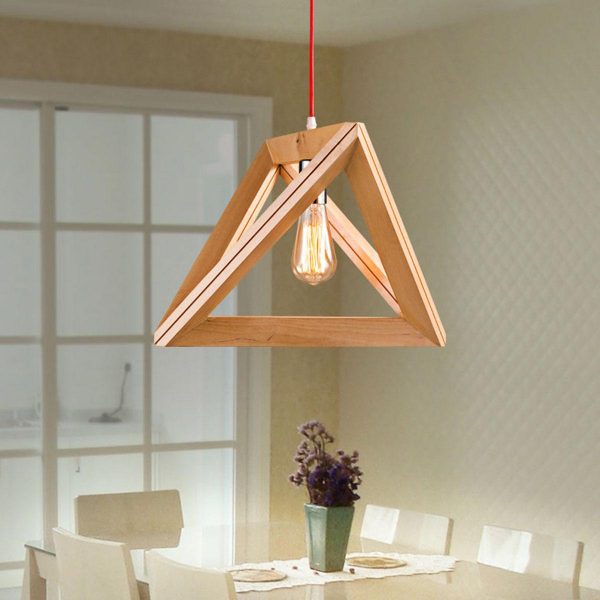
or more complicated,
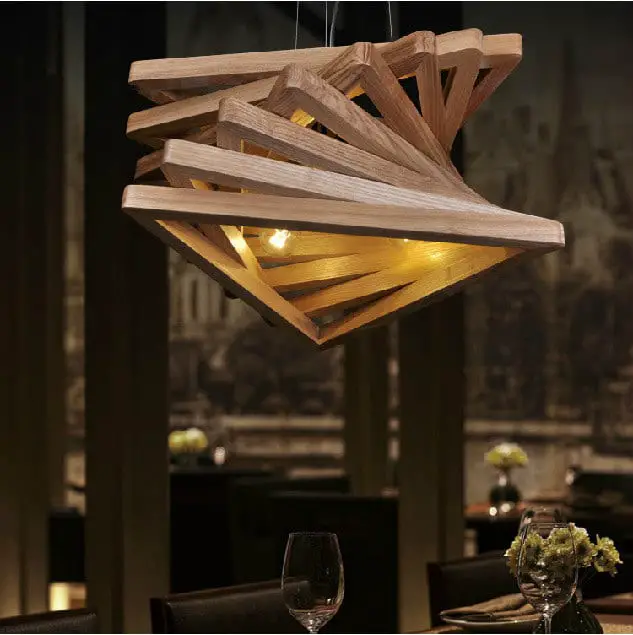
squares,
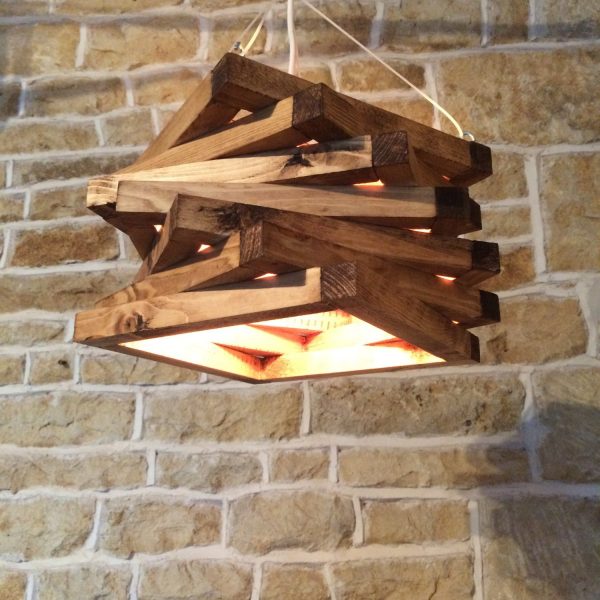
or diamonds,
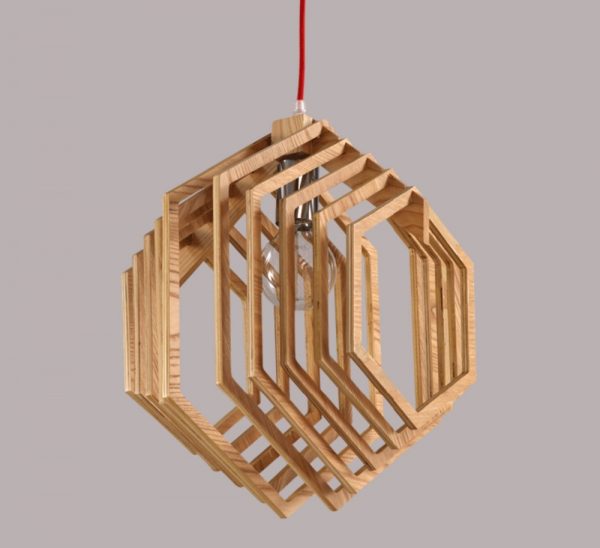
have become interesting rustic or modern lamps.
But my favorite is the sphere of wood and light. The same wands gathered together, a few light bulbs slipped between them and the lamp is ready. I know, it's not that simple. But I don't think it's very complicated either, and the result clearly proves it's worth a try.
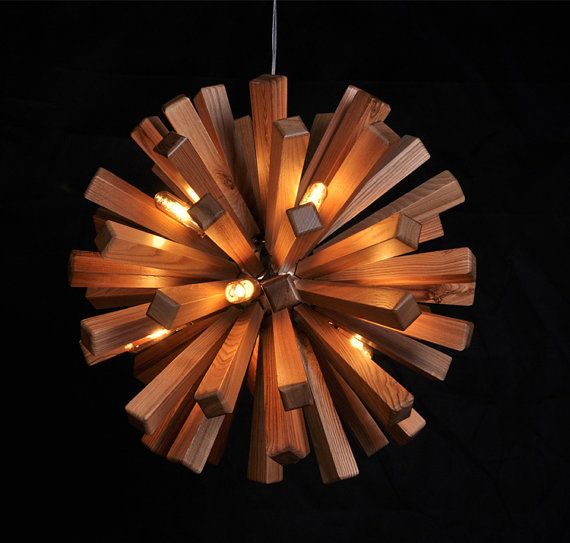
And while we're on the subject of simplicity, I think I've found the simplest option. You just need to find that one piece of wood that will make up for all the aesthetic artifice of a classic lamp in design and color.
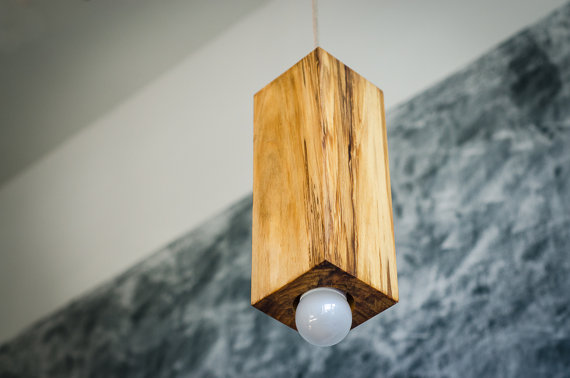
I think the next lampshade will inspire you. It's true, if you have to buy the hangers, you won't go cheap. But if you have them around the house and you don't know what to do with them, a simple refurbishment can make them lamp-worthy. Maybe not as pretty as the one below, but certainly as interesting.
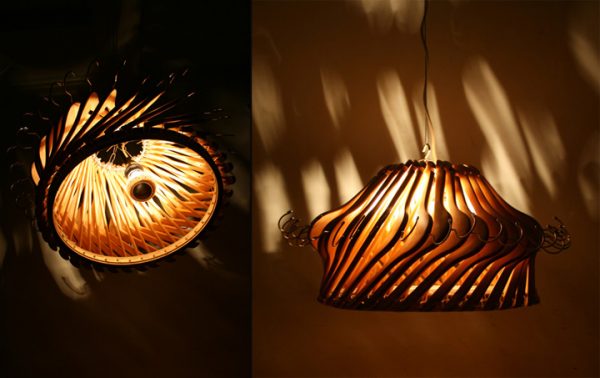
The examples could go on, but I'm sure you get the idea. But all these wooden elements need to be well prepared before use. If you are embarking on such a project, let me give you a few tips:
- Choose lighter woods when you want to use multiple elements.
- Looking for wood with personality, beautiful design and texture and... flaws (knotsLight will turn flaws into qualities.
- Sand the elements well in advance to get as smooth a surface as possible.
- If you want to stain wood, use stains that are resistant to direct light, otherwise the stain will fade unevenly over time and stains will appear.
- Use hardening varnishes. They're not as thermoplastic as the ones without hardener.
- Do not choose varnishes with gloss level very large (very shiny). The light will be totally reflected and will tire you. Use varnishes that are as matt as possible.
I hope I have given you some interesting ideas. Now that spring is here, I feel the desire to DIY is thawing and such a project is really worth a try. At least, I'm going to try. If I come up with something nice I promise to show you. And I think I'll use reclaimed wood. I'll get double the satisfaction.
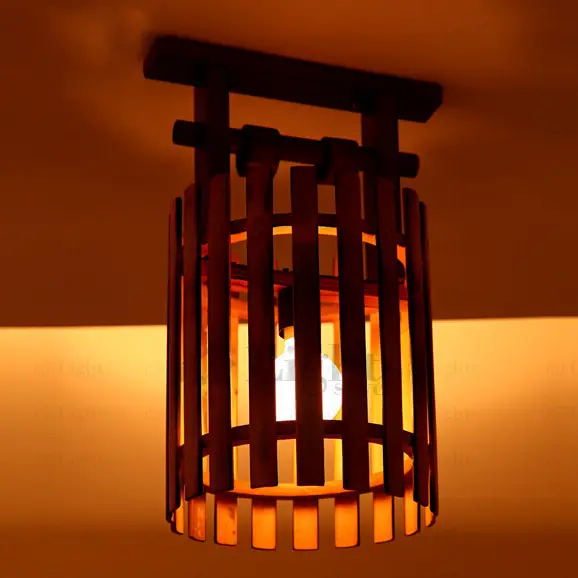



























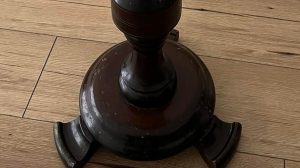
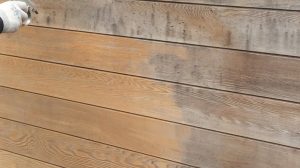

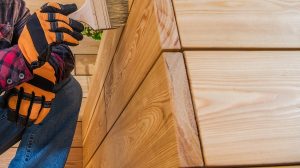
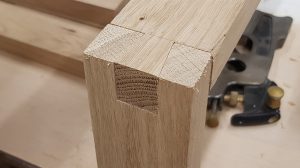



Add comment